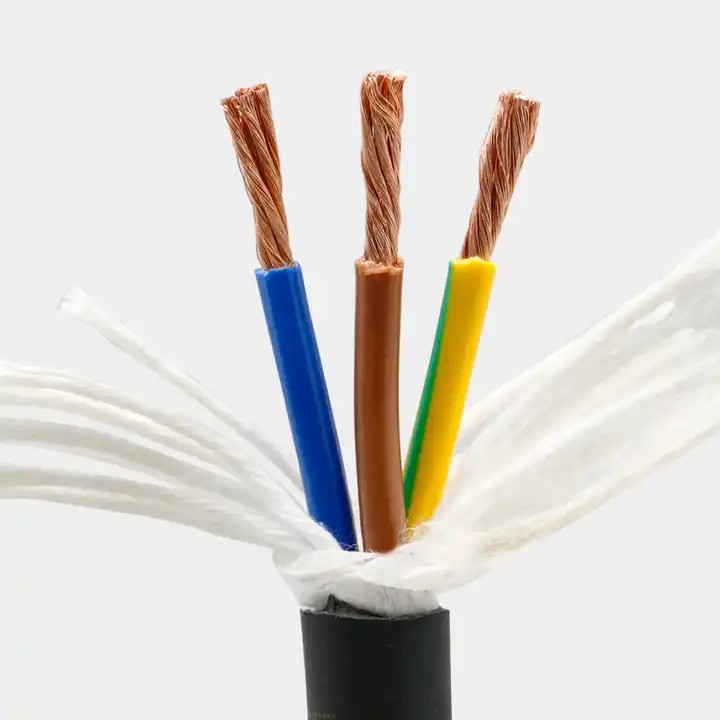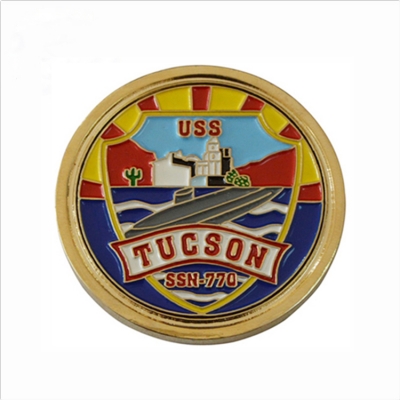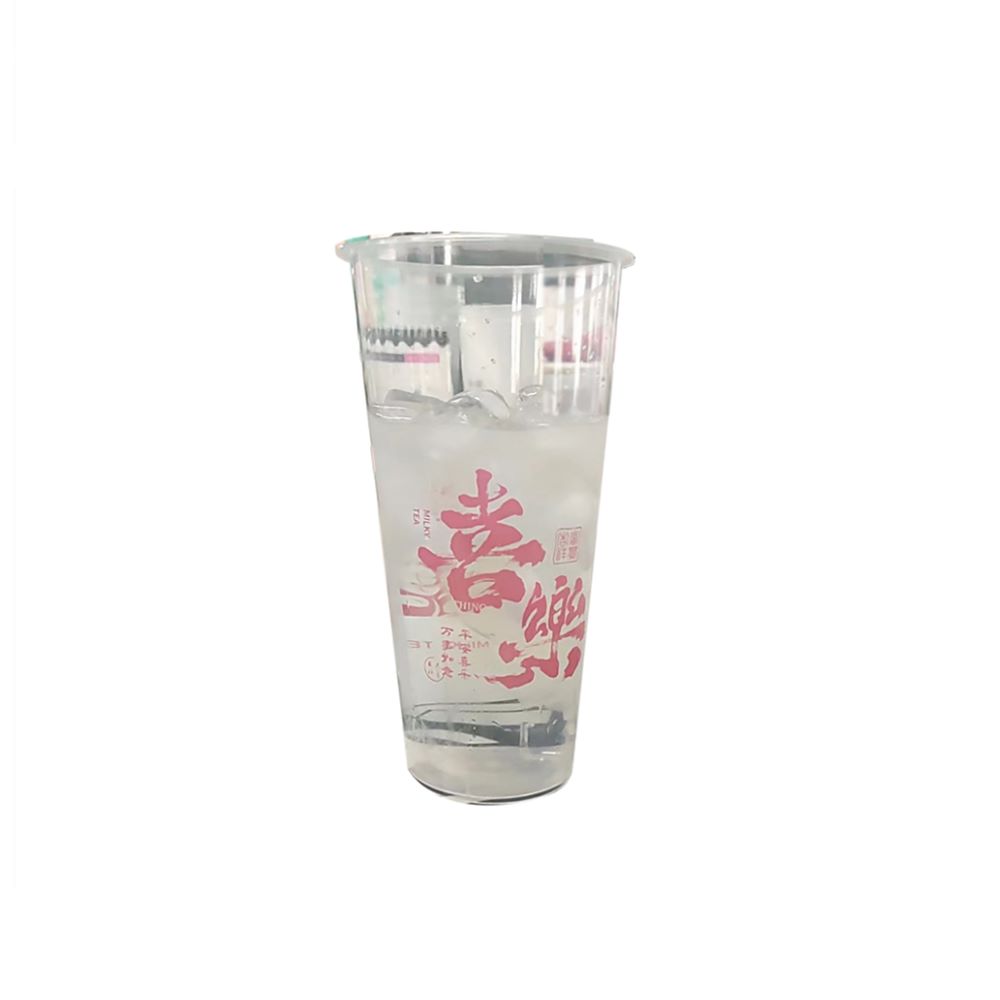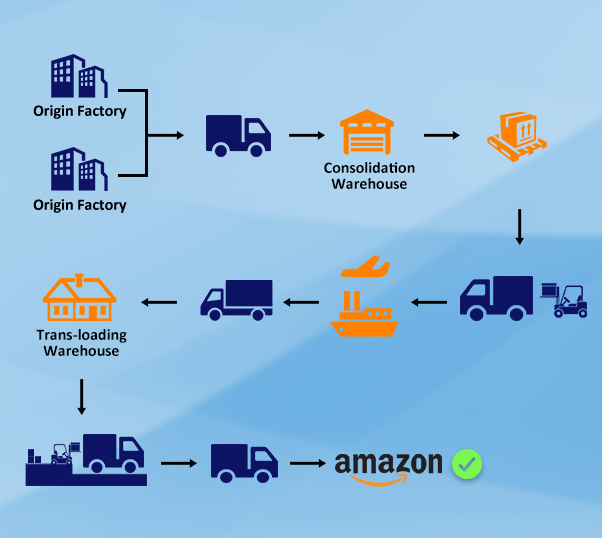INTRODUCTIONOn the other hand, high power laser It also brings tangible benefits to everyone and feels useful. It is a model of the industry. https://highpowerlaser.shop/collections
Since the birth of the laser in 1960, achieving high output power has been one of the eternal themes in the development of laser technology. The process of increasing laser energy is always accompanied by thermal energy, and thermal energy is useless in this process, “laser energy” and “thermal energy” are the highest and lowest quality forms of energy respectively, and the history of the development of high-power laser technology is a history of struggle with “waste heat”.
The first ruby laser[1″ target=_blank> that marked the birth of lasers in 1960 was a solid-state laser. Solid-state lasers usually use activated ion-doped crystals, ceramics and glass as the gain medium, and their gain medium forms include conventional bulk materials and low-dimensional materials represented by optical fibers. After the birth of solid-state lasers, on the one hand, the wavelength coverage was expanded, from the initial red light to short-wave green light, blue light, ultraviolet, deep ultraviolet development, long wavelength
Lasers have matured and commercialized in the near-infrared and mid-infrared bands, and on the other hand, the laser pulse width has been narrowed from microseconds (μs) to nanoseconds (ns), picoseconds (ps), and femtoseconds (fs), and attosecond (AS) lasers are expected to be engineered [2-3″ target=_blank>. The realization of high output power in any application scenario is the common goal of laser technology development [4-6″ target=_blank>.
With the increase of pump power, the thermal effect inside the gain medium is significantly enhanced, and the heat generated cannot be removed from the medium in time through heat conduction, resulting in an increase in the internal temperature and temperature gradient of the medium, and the thermal lensing effect and stress birefringence effect caused by the internal thermal distortion seriously deteriorate the beam quality and limit the further increase in power [7″ target=_blank>. In order to suppress the thermal effect, researchers have designed different types of solid-state lasers, such as heat-capacity lasers, thin-slice lasers, slat lasers, and fiber lasers [8″ target=_blank>, with the core idea of improving heat dissipation efficiency. In this paper, the working characteristics and research progress of the above solid-state lasers are briefly reviewed. In addition, based on the current theoretical and experimental research on the thermal conductivity (κ) of crystalline materials, from the perspective of improving the thermal conductivity of gain dielectric materials, the thinking and prospect of solving the thermal effect problem are proposed.
1 High-power lasers
1. 1 heat capacity laser
Heat-capacity lasers reduce the thermal distortion of gain materials by separating the working phase of the laser from the heat dissipation phase in time. When the heat capacity laser is working, the gain medium is in an approximately adiabatic environment, and its internal temperature gradient is small, and the resulting thermal distortion is also small. The internal accumulation of waste heat increases the temperature of the gain medium, which must be forced to cool after a period of continuous operation, depending on the thermodynamic properties of the material itself. Because the gain medium does not dissipate heat from the outside during the laser operation stage, its surface temperature is higher than that inside, and the compressive stress on the surface can greatly increase the damage threshold of the medium, and the allowable laser pumping strength is 5 times that of the surface in the state of tension. The output of a heat-capacity laser depends on the product of the gain medium and the temperature range of the laser that it can generate, so it is not only required that the gain dielectric material have a large heat capacity value, but also that the luminescence efficiency of the internally activated ions is less affected by the increase in temperature [9″ target=_blank>.
As early as 1994, Walters et al. [10″ target=_blank> used a heat-capacity laser with flash-pumped rod-shaped neodymium glass as the gain medium to achieve a pulsed laser output with an average power of more than 1 kW and a duration of several seconds, proving the feasibility of the heat-capacity laser scheme. Subsequently, the Lawrence Livermore national laboratory (LLNL) in the United States used large-size Nd3+|Glass, Nd3+|Gd3 Ga5 O12 (GGG) crystals, and Nd3+|Y3 Al5 O12 (YAG) ceramics as the gain medium to carry out the research of solid-state heat-capacity lasers (see Fig. 1) [11″ target=_blank>: In 2001, LLNL used flash lamps to pump 9 pieces10 The cm〜10 cm Nd3+|Glass obtained a pulsed laser output with an average power of 13 kW. In 2004, LLNL used a laser diode array to pump four 10cm〜10 cm Nd3+:GGG crystals to achieve 45 kW laser output. In 2006, LLNL used a laser diode array to pump five 10 cm 〜 10 cm Nd3+:YAG ceramics with an output power of up to 67 kW and a pulse duration of 500 ms. By introducing a real-time adaptive optical correction system in the cavity, the beam quality control was within 2 times the diffraction limit, and the laser running time was increased to 5 s [12″ target=_blank>.
Heat-capacity lasers have two important limitations: (1) the laser beam quality degrades rapidly with the increase of light generation time [13″ target=_blank>; (2) The cooling time of the gain medium accounts for 80% of the entire working cycle, which determines that the heat capacity laser cannot work at high frequency, and the working time in seconds is difficult to meet the practical requirements.
1. 2 thin-slice lasers
The gain medium of the thin slice laser is a thin sheet with a thickness of less than 1 mm, which is fixed to a rigid substrate that dissipates heat by solder, and the bottom surface of the contact acts as a cooling surface and also acts as a reflective surface for the laser and pump light, and the other side acts as a high transmission surface. Since the direction of heat flow and the direction of laser propagation are basically the same, the wavefront distortion caused by the temperature gradient can be largely ignored, resulting in a high beam quality laser output. The advantage of thin-slice lasers is that they maintain high beam quality at high power outputs. Thin-slice lasers are available in two types of pumping methods: end-pumping and side-pumping, as shown in Figure 2 [14″ target=_blank>.
Due to the short propagation distance of light in a single sheet, the gain capacity is limited, and the maximum output power is currently 5 kW [15″ target=_blank>, and further power increases require the cascade of multiple lamella for amplification (see Figure 3 [16″ target=_blank>). In 2000, Stewen et al. [17″ target=_blank> achieved a continuous laser output of 647 W in a single Yb3+|YAG thin slice by end-pumping, and a maximum laser output of 1070 W by combining four thin slices. In 2009, the Boeing Company pumped 10 Yb3+:YAG thin slices to obtain a laser output of 28 kW, with a laser duration of several seconds and a beam mass close to the diffraction limit [18″ target=_blank>. The commercial thin-slice laser developed by Trumpf in Germany is capable of producing a continuous laser with a stable output power of 18 kW. Theoretical calculations show that the maximum output power of a single sheet is about 30 kW [15″ target=_blank>, and it is clear that the current experimental results are still quite far from the theoretical value.
At present, the main problems of thin slice lasers are: (1) high requirements for crystal thin slice processing and welding process; (2) The gain capacity of a single sheet is limited, and the cascade of multiple pieces will make the optical path of the system extremely complex, which requires high precision assembly and adjustment ability of the system.






